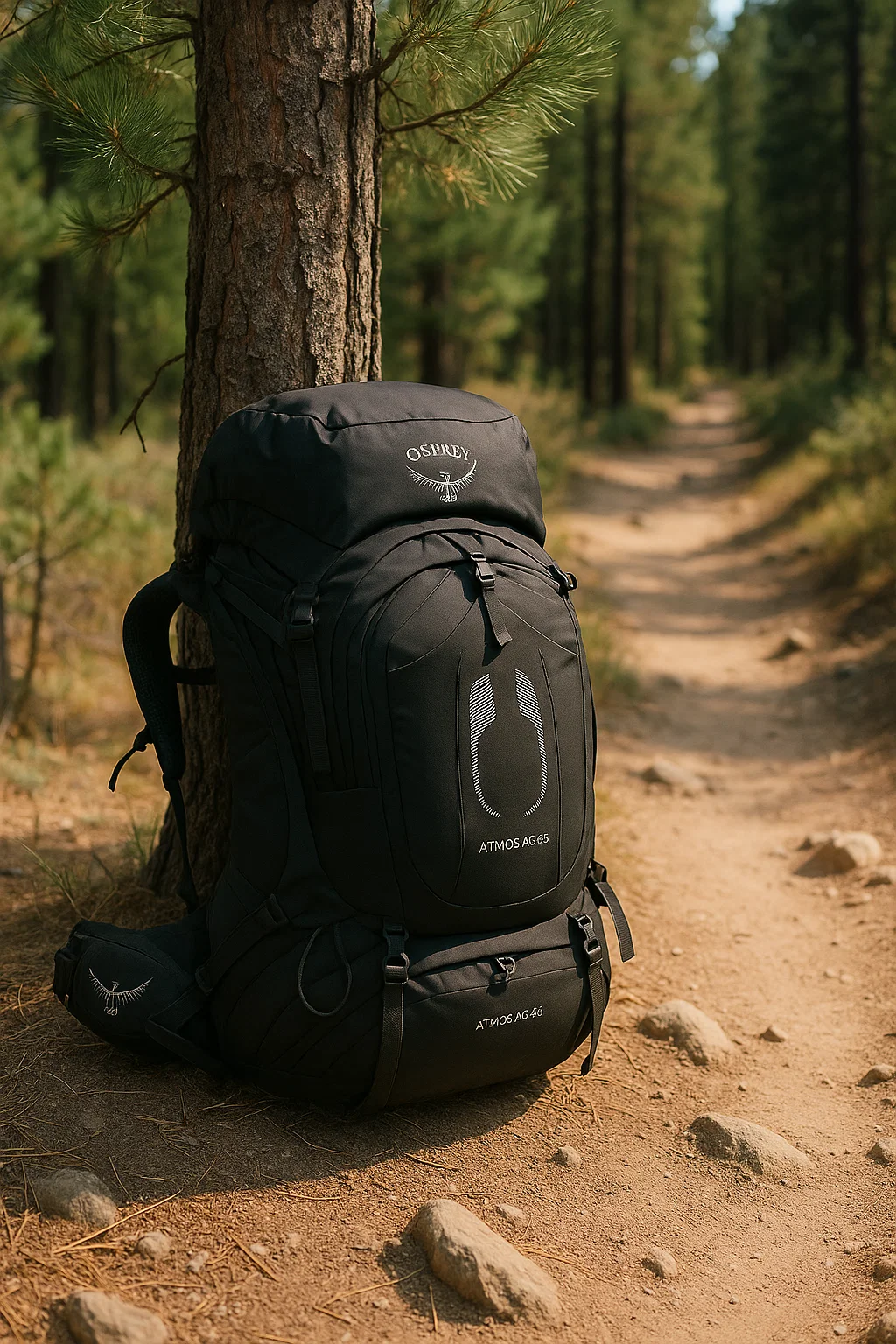Let’s start with the basics of fire-making. Learn how to make a fire in all weather conditions, because it’s more than just sparking a flame. It’s about nurturing that flame into a reliable source of warmth and light. To do this, especially in tough weather, you need to understand the three key components of a fire: heat, fuel, and oxygen. Without any of these, your fire won’t thrive.
Adapting your fire-building technique to the weather is crucial. A bit of creativity, along with knowledge of fire principles, can make all the difference in difficult conditions. I’m here to provide you with the skills and techniques that will help you succeed, whether you’re facing rain, wind, or snow.
Choose the method that works best for you, whether it’s traditional flint and steel or a modern ferrocerium rod. Make it a regular part of your outdoor gear. The more hands-on experience you have with these tools, the better prepared you’ll be when facing challenging weather.
How to Create a Fire in Wet and Windy Conditions
I’m going to show you how to tackle one of the toughest fire-making challenges: building a fire in the pouring rain. Start by scavenging for dry tinder and kindling, which you can often find under tree canopies or in the crevices of fallen logs. Moisture is your biggest enemy, so focus on naturally sheltered spots that are protected from the rain.
Once you have your tinder, it’s time to choose a location. Build a base using rocks or tightly packed sticks to create a barrier between your fire and the wet ground. This base not only keeps the fire dry but also allows for proper airflow, which is crucial to keeping your fire alive.
If rain begins to pour while you’re trying to light the fire, don’t panic. A makeshift tarp shelter can protect your fire. Positioned correctly, it will shield the flames and allow them to grow, even in the rain. As the fire catches, add larger dry fuelwood, making sure there’s enough airflow to prevent smothering.
Wind can be as challenging as rain. Find a natural windbreak, like a boulder, or build one with logs and stones. A teepee structure is especially effective, concentrating heat and resisting gusts. Always have extra tinder and kindling ready in case the wind blows out your fire.
To be fully prepared, learn how to make a fire in all weather conditions by practicing different techniques. This will ensure you’re ready for any challenge nature throws your way.

Starting a Fire in Snow: Mastering All Weather Conditions
Sure, making a fire in a cozy backyard is one thing, but what about when the ground is covered in snow, and the cold air seeps into your bones? Extreme cold and snow present unique challenges that need skill and know-how to overcome. This is why you should learn how to make a fire in all weather conditions to be fully prepared.
Imagine trying to spark a flame on a soft, snowy surface. It’s not the most stable foundation, right? You’ll need a solid base. Use logs or rocks as insulators to keep your heat from melting into the snow. By clearing an area and building a shielded base, you set up your fire for success.
Don’t forget about the materials you add to your flame. Dry tinder and kindling are like gold in these conditions. Look for them under tree branches or tucked in hollow logs. Gather these essentials before your fingers go numb or your energy fades.
Once your fire is lit, be vigilant. Keep an eye on your fuel—it will burn faster than a marshmallow at a campfire. To maintain a steady flame, add fuelwood regularly and allow airflow. Despite the cold, your fire can thrive.
In snowy areas, respecting nature is key. Always follow Leave No Trace principles to minimize your impact. Using a fire pan can help keep the snowy surface as clean as you found it. This simple act is a courtesy to nature and to the next adventurers exploring these icy wilds.
Takeaways for All-Weather Fire-Making
Mastering the art of fire-making under any sky comes down to preparation, practice, and patience. You’re not just learning to build a fire; you’re gaining a crucial survival skill that provides warmth, safety, and comfort in the wild. The more you practice, the better you’ll get, and the easier it will be when you need it most.
Always carry reliable fire-starting tools, such as waterproof matches, lighters, or a ferrocerium rod. The confidence of having good tools can’t be overstated, especially when conditions get tough. Knowing you have what you need can make all the difference if the weather takes a turn for the worse.
When gathering fuelwood, don’t just collect what you think is enough; gather more than you need. Unforeseen circumstances can arise, and having extra wood ensures you won’t end up cold and in the dark. Plus, any leftover wood can always be used for your next fire.
Your skills will only improve with regular practice. To truly master how to make a fire in all weather conditions, try building fires in various environments to learn what works and what doesn’t. For more tips, explore Backcountry Fire Building Techniques. A challenge today could be a simple task tomorrow once you’ve honed your abilities and developed your techniques. Practicing fire-building in any weather helps build your confidence and prepares you for unexpected situations.
Remember, creating a fire responsibly is just as important as making one. Always follow local regulations and consider the environment. Respect nature by cleaning up after yourself. Use only what you need, and make sure the only thing you leave behind is the memory of a warm glow. Being a steward of nature is key to enjoying the outdoors while preserving it for future adventurers.





